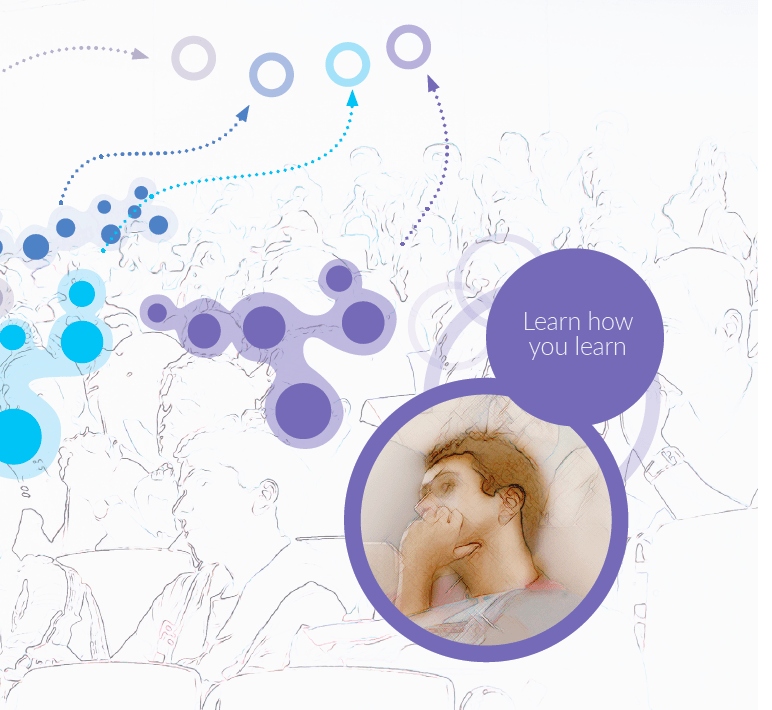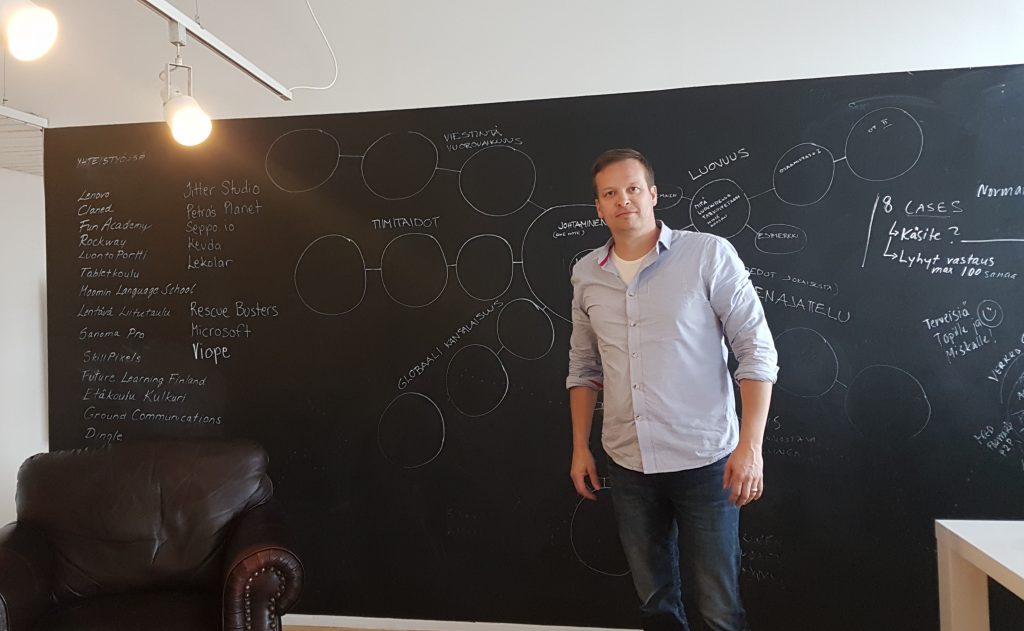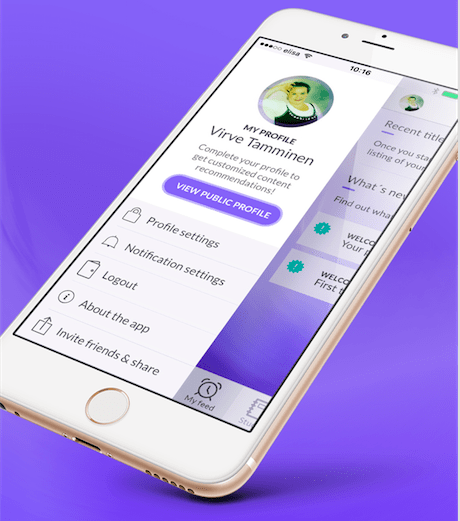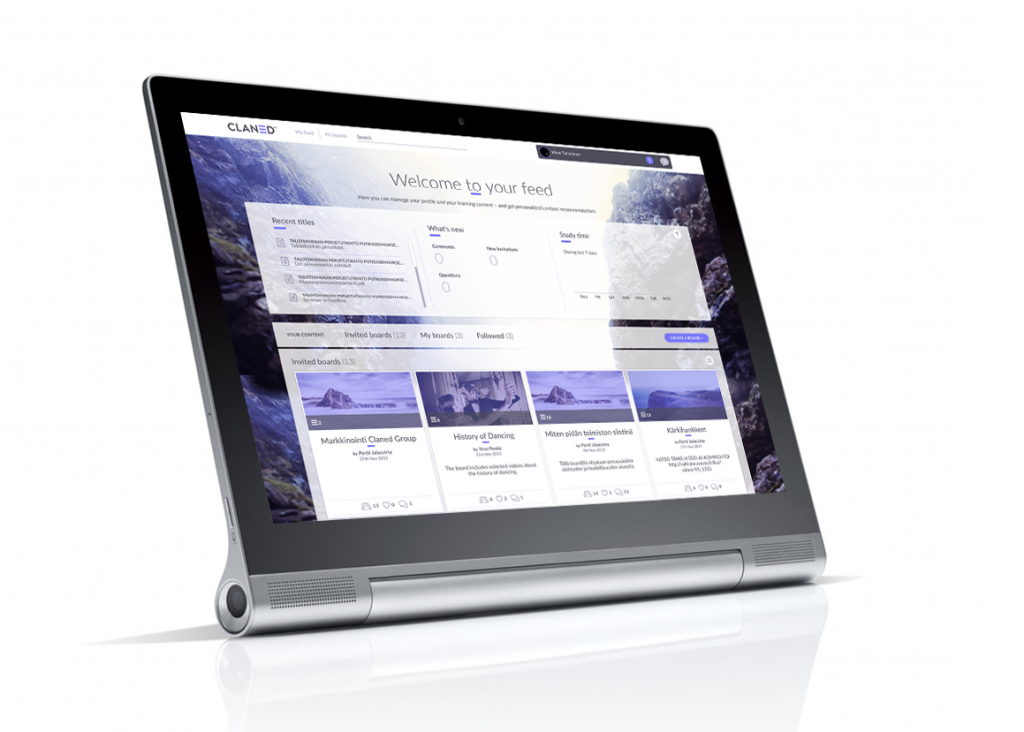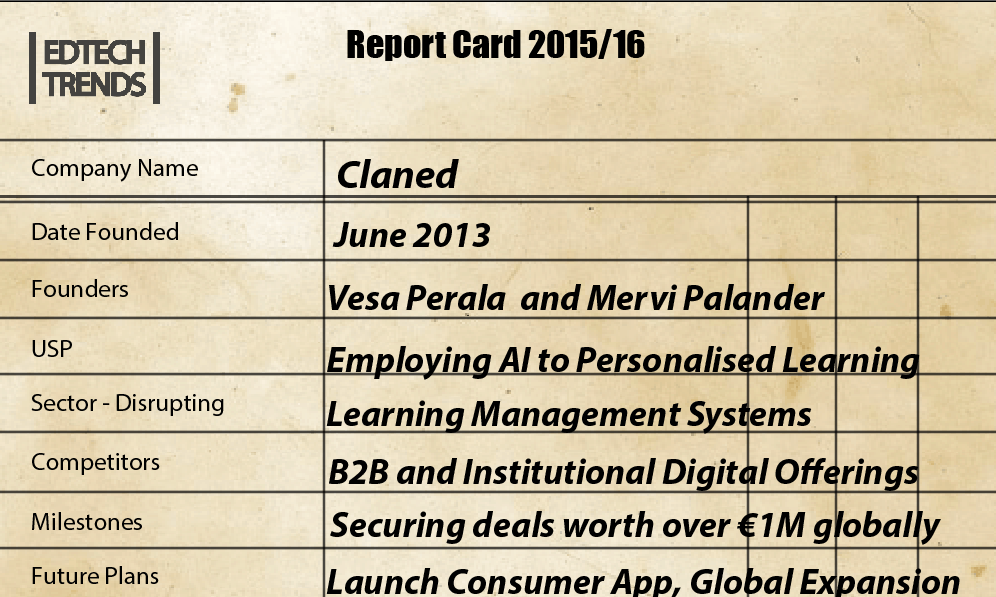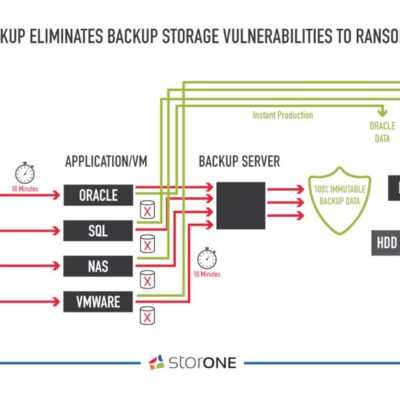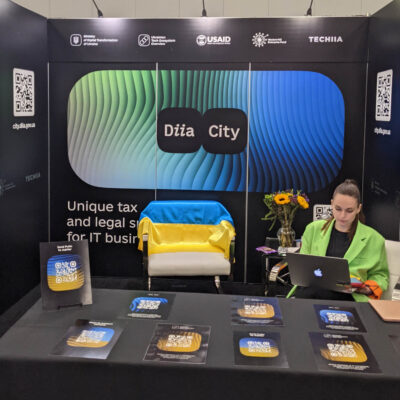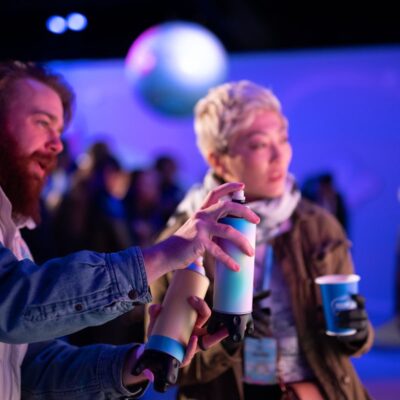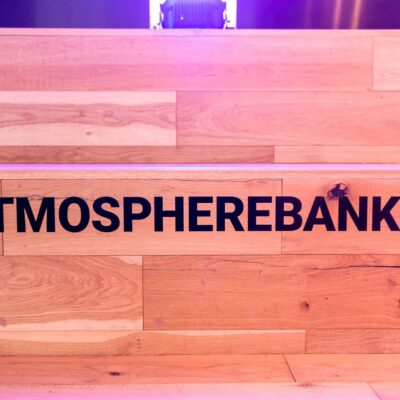How this Finnish EdTech start-up is combining AI and Machine Learning with social media platform mechanics to deliver innovative learning.
Claned Co-founder Vesa Perala believes that instead of attempting to retrofit technology to out-dated educational systems, EdTech start-ups should be helping to write a new rulebook.
I think being radical is the only way of doing things, because slow iteration doesn’t really work. Click To Tweet“Our pitch pretty much begins with education reform. The starting point is that the Finnish schooling system might be perceived as being the best in the world, but we’re still overhauling it,” he says.
For the past 3 years, Claned has been in what he describes as semi-stealth mode, focusing on developing a robust artificial intelligence system that uses machine-learning algorithms to map out what factors most impact individual learning.
Our pitch pretty much begins with education reform Click To TweetThat knowledge, he says, was already out there, because it’s something universities routinely do. Over time, tutors build an understanding of how each student learns, yet that data is trapped in a system which simply isn’t scalable. Claned set out to solve this by combining these tried-and-tested academic evaluation metrics with machine learning algorithms and Artificial Intelligence.
“We created this personal social learning environment where we can track every single interaction a student has, whether it’s with a piece of content, with other students or with their teachers. We’re constantly gathering information about how a particular student is learning, and then feed that data back to the student in the form of recommendations of additional study materials, mentors, and anything else that can optimise their learning journey”
The next challenge was to present all these complex and evolving datasets through an intuitive interface. For that, Perala admits that they took inspiration from a broad variety of social networks and applications.
Claned uses familiar features from platforms such as Facebook, Pinterest and even Tinder Click To Tweet“We replicated features from popular platforms that students would already be familiar with, everything from Facebook to Pinterest,” he says, showing me how they even incorporated a rather Tinder-esque swipe mechanism into the workflow.
“We call ourselves a start-up for old people,” laughs Perala, himself a youthful-looking 45-year old. “We have a couple of youngsters but everybody else has at least 15 to 20 years experience.”
That experience, he believes, is what helped the company build its unique proposition, which is founded on algorithm metrics based on years of rigorous academic research and analytics:
“Our CEO Mervi Palander has analysed over 3000 separate knowledge management systems during her career. She started organising Nokia’s E-learning activities back in the mid-90s.”
When they looked at what the next generation of learning systems needed to look like, however, they became convinced that it would need to be mobile. Which is why they’re now gearing up for the launch of their native iOS and Android apps.
“Education in the future will be two things: Mobile and personalised. All content needs to be relevant to the user on a personal level, and they should be able to access that content wherever they are. The true paradigm shift will happen when those two factors converge seamlessly, and we will provide both of them. “
They are also launching a marketplace to enable content providers, including teachers and students, to buy and sell learning materials. Anything from lecture notes to lesson plans could be shared and monetised through the platform, with Claned taking a 30% commission on the sale of paid-for materials.
Education in the future will be two things: Mobile and personalised Click To TweetThe content recommended through the platform is based solely on personal relevance and learning effectiveness, however, and those materials can be in any format, either free or commercial. For publishers this certainly represents an attractive additional sales channel for their content, where they can potentially make higher returns through micro-transactions rather than relying on subscription and bulk sales revenues:
“It’s really valuable for content providers to be able to see the data around how individual bits of content are being consumed, and it will eventually allow them to fine-tune their offering. If 50% of your readers drop off after page 3 in a text, for example, maybe there’s something there that you need to fix there. Or you know that this particular piece of content works well for that particular group of people, so you make more of that.”
The commercial opportunity that personalised learning represents is undoubtedly huge. The education market is worth over 300 billion Euros annually, 100 billion of which falls under E-learning. This is reflected in the fact that, even flying under the radar until now, Claned already attracted over 4 million Euros in investment and has just launched a very healthy-looking equity Crowdfunding campaign to raise another €500,000.
Claned already attracted over 4 million Euros in investment Click To TweetYet like Funzi and other Finnish start-ups I spoke to in the EdTech sector, they don’t see a conflict between building a sustainable business and making education tools accessible. Claned propose to do this by keeping the product free to individuals while charging subscription fees from institutions and corporations. The marketplace will allow them to monetize commercial content while their data will also enable them to provide premium services such as generating tailored courses based on individual learning profiles.
“So the future vision would be that if you decide you want to do this biology course, for example, we can then piece together a course and materials which are individually tailored to you. We don’t sell you the materials themselves, as we don’t own them, but we can sell you the service of generating that course for you.”
The industry, says Perala, has been talking about personalised learning for decades now, but nobody has been quite able to pull it off. Being student-centric is not a new concept in itself, but achieving it in practice is something else entirely, and the content agnostic approach Claned is adopting is a crucial part of that
“We start personalising your learning path, and the content that paves that path can come from anywhere. It can be a Wikipedia page or a YouTube video, or a chapter of a book, because we index everything that can be machine read, and we keep that content so you can annotate them, etc. This not only works to drive up interaction, but gives us more accurate and granular data so we can optimize the learning process even further.”
Another key element to their proposition is leveraging social interaction and collaboration. “there’s a ton of evidence showing that once people start interacting with others, better learning takes place, whether that’s in the real world or in virtual environments.”
In one pilot they saw collaboration increase by about 500% compared to anything else that had been used in class before, including social platforms such as Facebook. The feedback they had was that students found the process to be more interactive than dealing with their teachers and classmates face-to-face.
Students found Claned more collaborative than face-to-face interactions Click To TweetAlthough Claned initially targeted the platform to university-level students, the plan is to expand this to other age groups as well, allowing students to start building their personalized profiles earlier on and evolve them over time:
“Your Claned learning profile is yours to keep. You can make parts of that public, private, or share it selectively with individuals, it’s incredibly flexible.”
As Perala shows me what the learning path for a student looks like, I’m struck by how detailed the information is. Individual learning sessions are mapped out, and you can see how long they spend on each subject or lesson. This data, when cross-referenced with that of other students on the same course, can help to identify bumps on the road and optimize learning:
“We can look at a med school course and see, for example, that these two topics were the ones that students found the most challenging. The teacher then is able to adjust the learning curve based on their student’s orientation and strengths, providing additional grounding and materials beforehand, or recapping afterwards. It takes the pressure off individual students, who often will not speak up when having difficulties.”
The student’s ability to track their progress in real time helps boost motivation and focus, he believes. “it encourages learners to take more responsibility for their own studies, but the challenge – which is reflected in the high drop-out rates in MOOCS and other online courses – is to get that feedback loop just right, finding the right balance between challenge and skill level. Optimal experiences feed optimal performance – as renowned psychologist Mihaly Csikszentmihalyi asserts, “Enjoyment appears at the boundary between boredom and anxiety, when the challenges are just balanced with the person’s capacity to act.”
Personalising Learning with Artificial Intelligence Click To Tweet Students learn how to learn through this system Click To Tweet
This is similar to the way that activity sensors such as Fitbit use our visualised data as motivators (think of the nice feeling you get when you reach that 10,000 steps goal) but merely showing data to the users could actually be counter-productive, as a learner who perceives that they are falling behind can quickly become demotivated. The goal, instead, is to encourage students to use successful strategies to help them accomplish more effective learning practices, scaffolding and enhancing the learning process at every step.
“The students basically learn how to learn through this system, continuously building their own learning portfolio over time. We use a combination of short-and long-term goal setting as well as time management planning and evaluation. The idea is that instead of trying to spend as much time as possible trying to memorise content, it is more effective to use focused learning intervals to accomplish pre-set goals.”
Alice Bonasio is a VR Consultant and Tech Trends’ Editor in Chief. She also regularly writes for Fast Company, Ars Technica, Quartz, Wired and others. Connect with her on LinkedIn and follow @alicebonasio and @techtrends_tech on Twitter.

